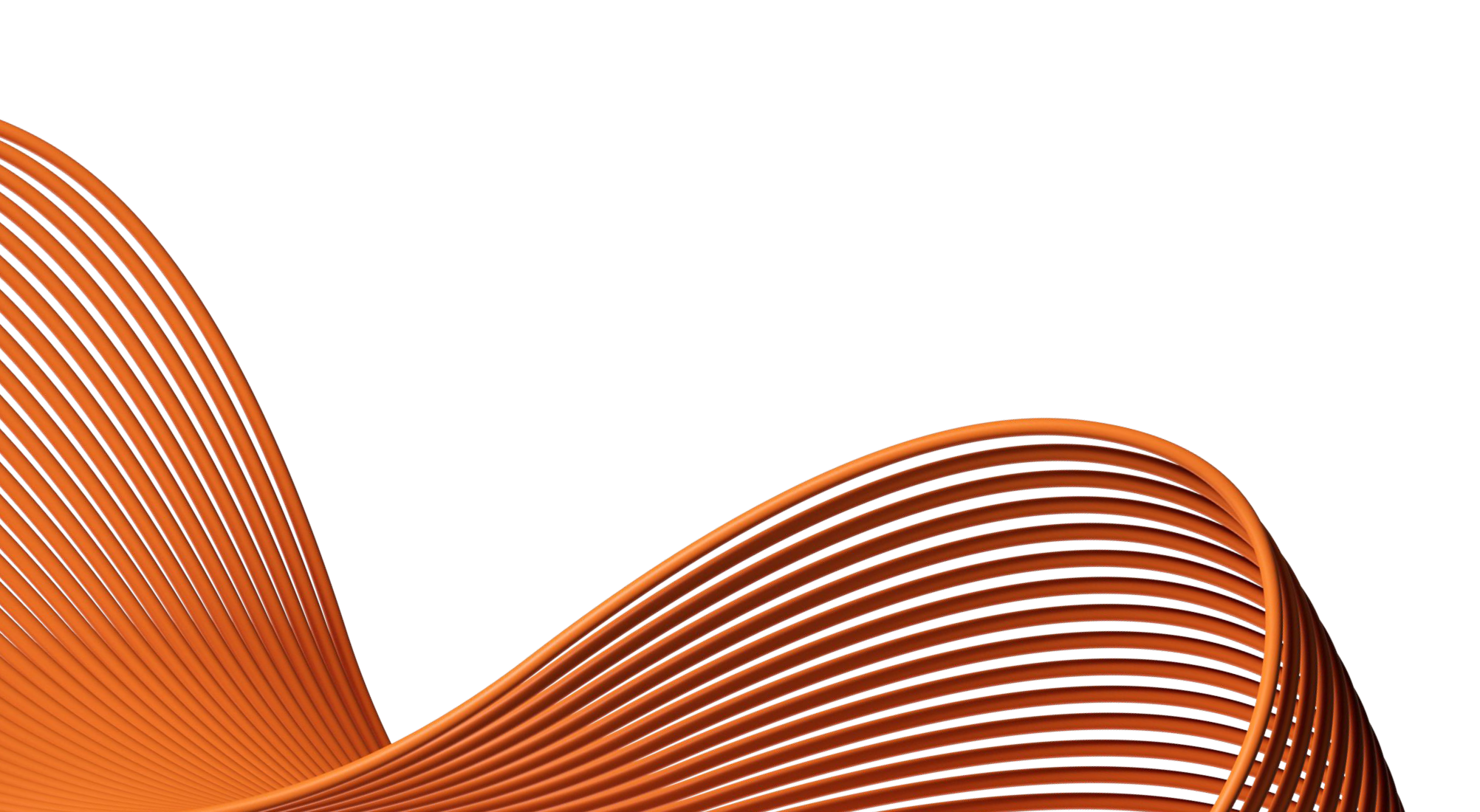- Our Products
- Upper Extremity
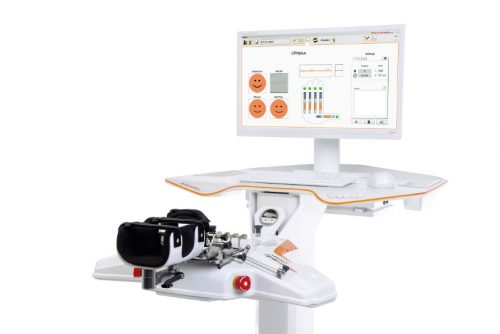 Amadeo Finger-Hand-Rehabilitation
Amadeo Finger-Hand-Rehabilitation
Amadeo is giving hands back their grip and fingers their finesse. Patients who are barely able or unable to grasp can perform hundreds of robot-assisted grasping movements. It won’t train a new Mozart. But it will help patients return to the piano, handwriting Christmas cards, and grabbing life firmly by the horns.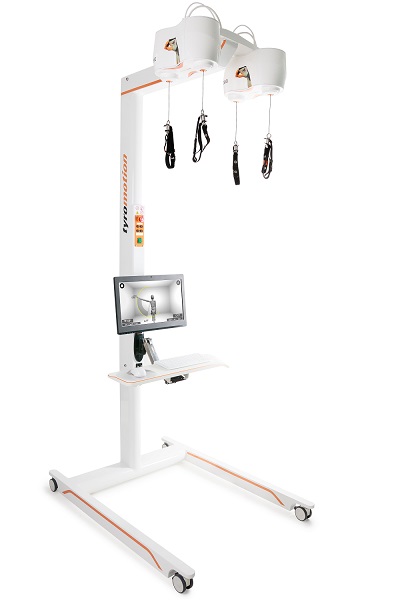 DiegoShoulder-Arm-Rehabiliation
DiegoShoulder-Arm-Rehabiliation
Diego is designed to strengthen what’s important. Whether proximal or distal training, Diego purposefully supports the rehabilitation of natural motion, allows the handling of everyday objects to be relearned, and is usable by adults and children alike.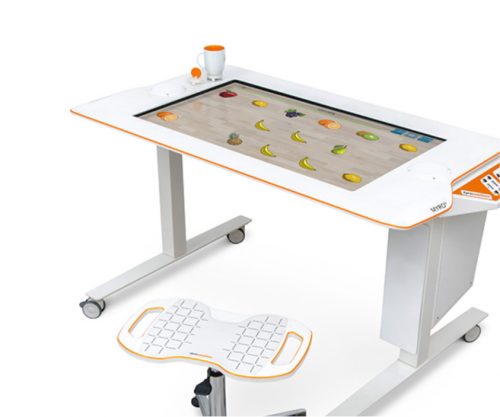 Myro Interactive and task-specific therapy
Myro Interactive and task-specific therapy
Myro is made for making humans get better! The sensor-based surface enables task-oriented rehabilitation with real objects, trains the patient’s cognitive abilities, and improves motor abilities of the upper extremity.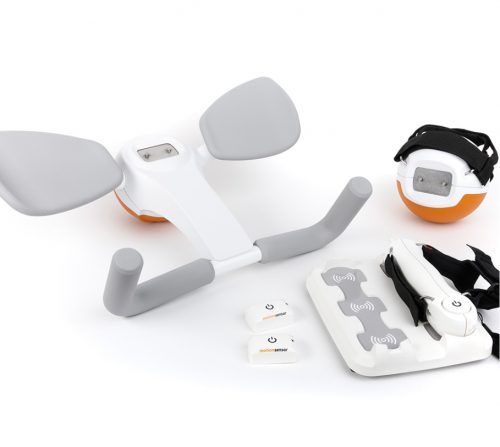 Pablo Upper Extremity Rehabilitation
Pablo Upper Extremity Rehabilitation
As a multifunctional rehabilitation device with comprehensive accessories, Pablo enhances classical therapy exercises with biofeedback, objective assessments, and gamification. It won´t train the next Picasso. But it will help patients to take back control of their lives.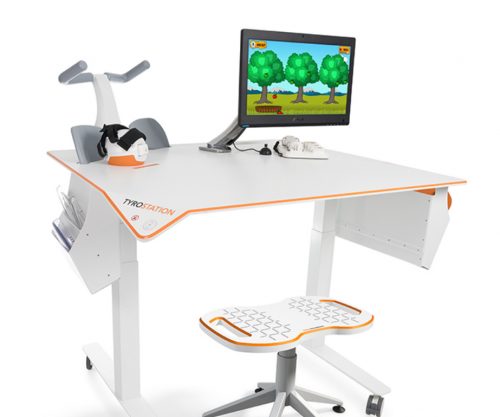 Tyrostation The perfect therapy setting
Tyrostation The perfect therapy setting
The Tyrostation is home to all components of Pablo and Tymo and provides ergonomic adaptability for patients. Sometimes, it´s about the little things in life – or therapy.
- Lower Extremity
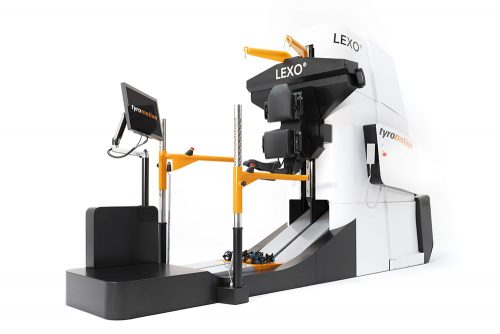 LexoGait and Locomotion
LexoGait and Locomotion
Lexo is a revolutionary gait trainer and impresses with fast setup, high patient activity and optimal trunk support. It encourages active participation and enables therapists to focus fully on their patients.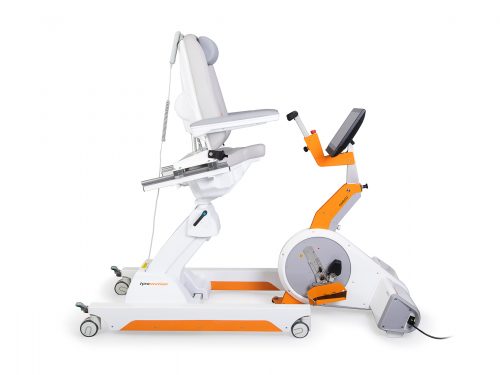 Omego Plus Gait training for the goals across all phases
Omego Plus Gait training for the goals across all phases
More than just a therapy bike! Omego Plus combines uni- and bilateral leg training, leg press, stepper, cycling & foot lift training in one device. Stride stronger with Omego Plus!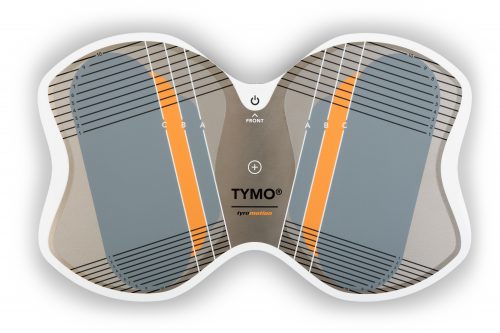 Tymo Balance training and postural control
Tymo Balance training and postural control
Small but powerful! Tymo is a versatile measurement and therapy system for the whole body. In addition to the standing position, Tymo offers a wide range of options for maximum variety during therapy.
- MTT-Line
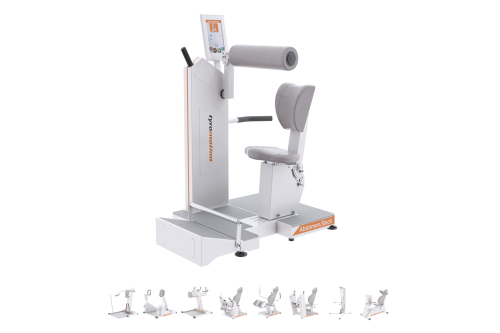 MTT-LineMedical training therapy
MTT-LineMedical training therapy
Get back in the game with the MTT-Line! The Medical Training Therapy devices are specifically designed to strengthen the six major muscle groups of the human body. Barrier free and maximum adjustability make the devices accessible for all types of patients.
- Software
 Maya Therapy Platform
Maya Therapy Platform
Maya reduces paperwork, standardizes documentation, and automates reporting, making administration effortless and efficient. Designed for therapists to work wonders!
- Upper Extremity
Health
Rehabilitation
Stroke nutrition guidelines for optimal health
4. April 2023 ● 4 minutes
Stroke: the need for reorientation
After a stroke, nutrition plays a key part in the health and well-being of survivors. Following stroke nutrition guidelines improve stroke recovery and establish ongoing healthy habits. Patients who experience a stroke face new nutritional challenges. Some patients struggle to get enough of the food and nutrients they need, which results in malnutrition. One study found that about one-fifth of patients with acute stroke are malnourished when admitted to the hospital. Poor nutrition can reduce a person’s muscle strength, resistance to infection, and ability to heal wounds.
The effects of stroke on nutrition
A patient’s nutrition may worsen due to stroke-related symptoms and impairments. These could include:
- Dysphagia (difficulty swallowing)
- Low appetite, often caused by medications or side effects
- Memory issues, such as not recalling the last time they ate
- Reduced consciousness and time awake
- Reduced mobility
- Weakness in the arm or face
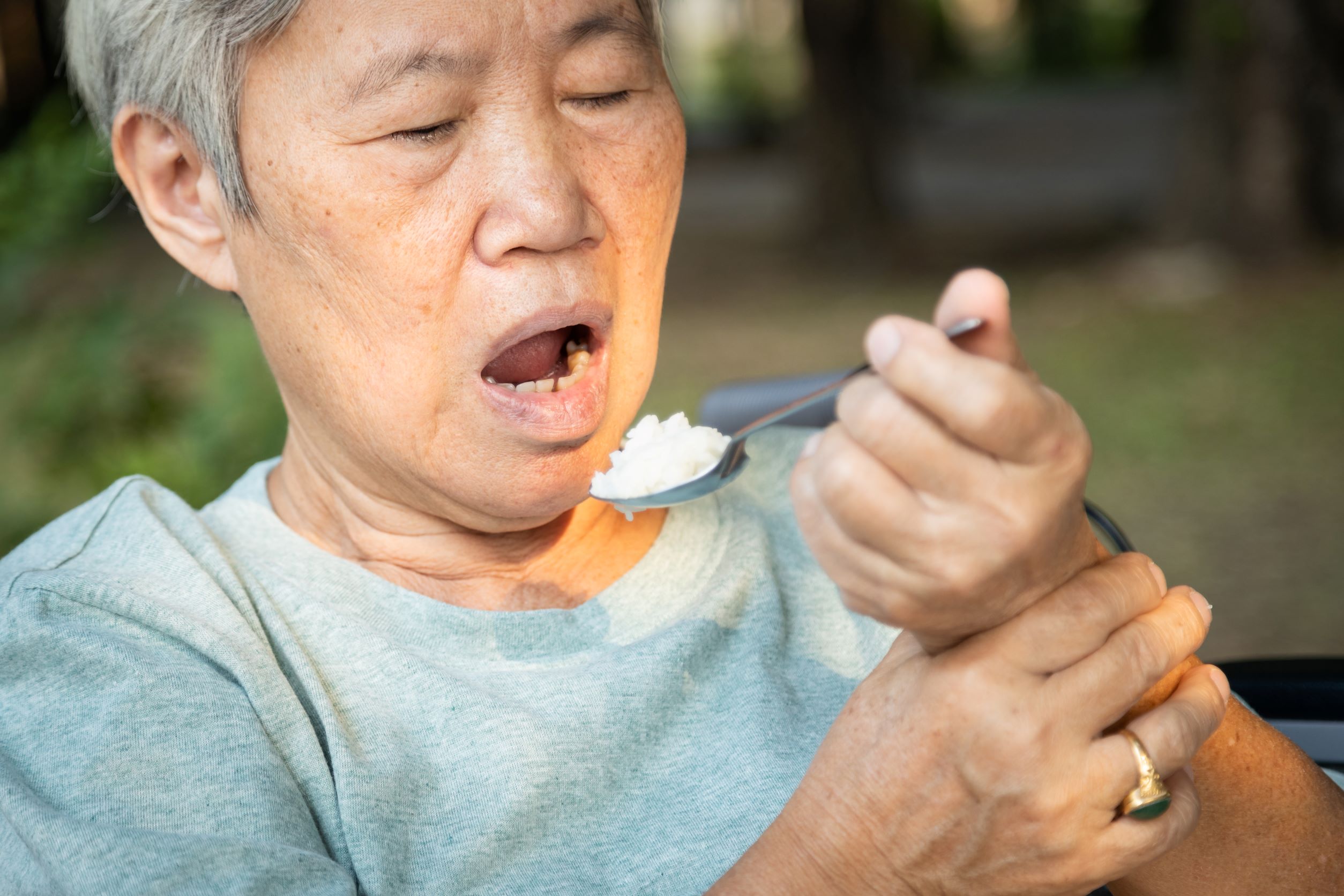
Proper nutrition after stroke is only one aspect; often patients' motor skills are also impaired, making eating difficult.
Interdisciplinary approach to stroke therapy
To address these challenges, patients after stroke can benefit from rehabilitation, including a multidisciplinary team consisting of occupational therapists, dieticians, speech therapists, physical therapists and the treating specialist doctor:
- Physical therapy: support in the acute phase with postural and trunk control, independent sitting and walking, as well as muscle building – all these are important factors that enable independent eating and are essential for functioning digestion
- Occupational therapy: assistance with arm activity, accompaniment while eating, advice on aids to restore muscles and coordination while consuming food when eating as usual is no longer possible due to paralysis
- Speech therapy: help with swallowing disorders (dysphagia), with (re)learning speech, etc., to become more confident and coordinated again when eating and drinking
- Dietology: advice on food and creation of a diet plan or development of dietary guidelines to supply the body with sufficient nutrients
All these disciplines can be used to influence and support nutrition after a stroke to approach therapy in an interdisciplinary and holistic way – of course always in consultation with the treating physician.
Stroke food and nutrition tips
People who have had one stroke are at risk for another stroke in the future. About 25% of the patients in a stroke unit have had a previous stroke. By following stroke nutrition guidelines, stroke survivors can reduce their risk of having another stroke. For example, one study found healthy lifestyle choices, including good nutrition and cardiovascular exercise, can reduce the risk of stroke by approximately 80%.
First, stroke patients should work with medical providers to determine their full range of nutritional needs. For example, a patient with dysphagia should focus on improving safe swallowing. It may also help to know what positions are safest to eat in, the best consistency of foods, and other strategies patients can use to eat and drink safely. These recommendations are unique for every patient.
Some nutrition tips to reduce a person’s risk of stroke
The American Heart Association (AHA) recommends getting most of your food from plants. Choose whole foods more often than processed foods.
Include low-fat dairy products, fish, legumes, and lean meats
In addition to plant-based foods, the AHA recommends getting protein from low-fat sources. These foods include non-fat and low-fat dairy, fish, and lean meats such as chicken and turkey. And legumes (beans, lentils, and peas) have protein, fiber, and vitamins and minerals. Consider choosing lean meats over red meat, which has higher amounts of fat and cholesterol.
Match your energy intake to your energy needs
Food has calories, which the human body turns into energy. Some stroke patients have higher calorie needs after a stroke. This is because acute illness and recovery can demand more energy. A dietician can help patients understand how many calories they need each day and help them meet that goal.
Limit foods that increase stroke risk
The AHA recommends limiting foods, including:
- Alcohol (no more than one drink a day for women, two drinks a day for men)
- Cholesterol (found in red meats, whole milk, and fried foods)
- Processed foods (such as cereal, bacon, and bread)
- Salt (less than 6g a day, which is one level teaspoon)
- Saturated fat (found in butter, cheese, and ice cream)
- Sugar

Nutritionists and dieticians can determine individual energy needs after a stroke and create a nutrition plan based on those needs.
A lack of proper nutrition can affect a patient’s survival and ability to regain function after stroke. Patients can improve their health and well-being by working with medical professionals and following stroke nutrition guidelines.
You might also be interested in
4. April 2023
Health
Rehabilitation
Stroke nutrition guidelines for optimal health
Nutrition as the key part in health and well-being of stroke survivors A healthy, balanced …
21. March 2023
Rehabilitation
Kinesio taping in neurology as a useful therapy supplement
The Kinesio tape and its usefulness in neurological therapy What was originally known only from …
7. March 2023
Rehabilitation
Exercises against freezing of gait in Parkinson’s disease
When the legs freeze – how does the symptom “Freezing of Gait” manifest itself? Parkinson’s …



 Contact
Contact 
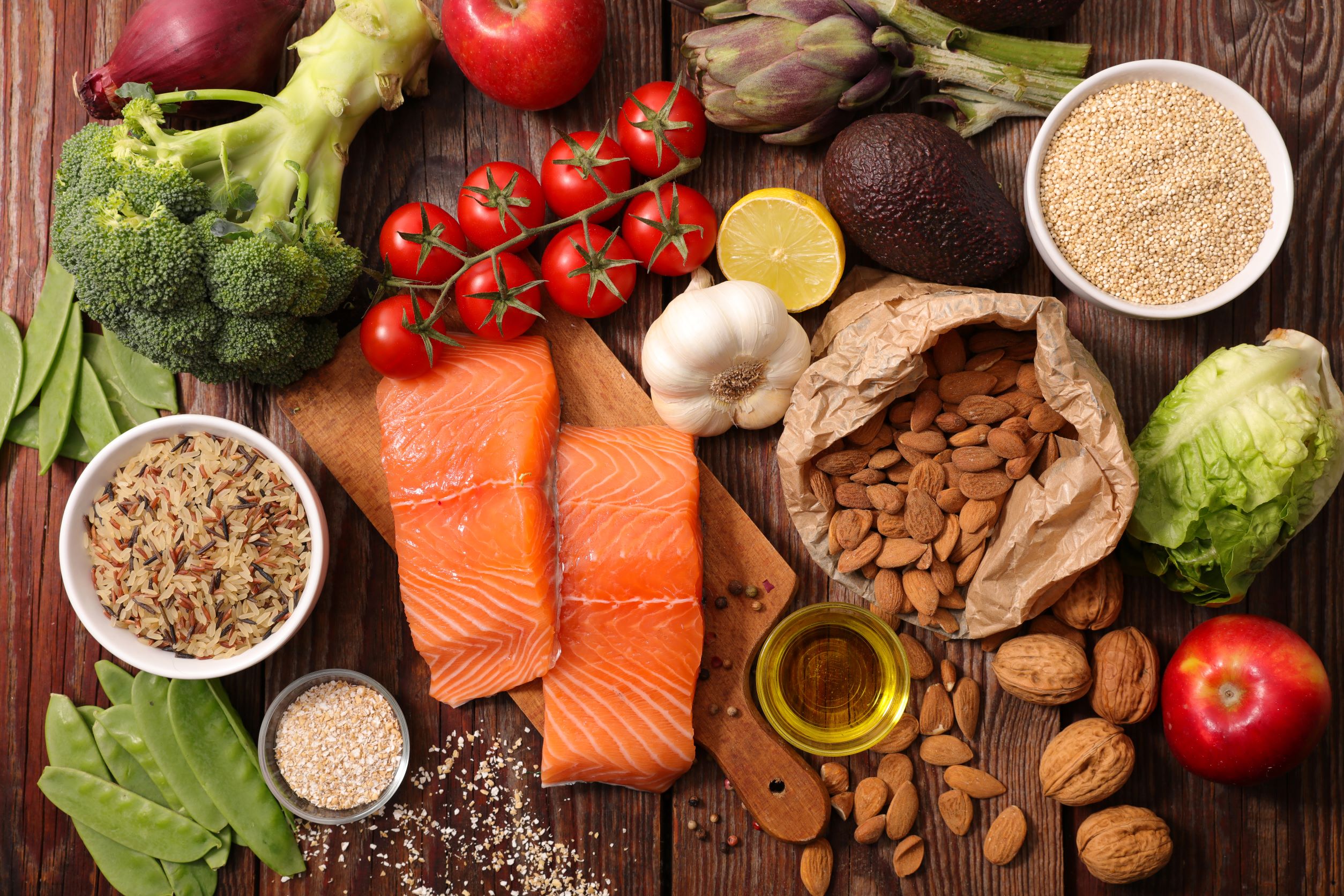

 Contact
Contact 